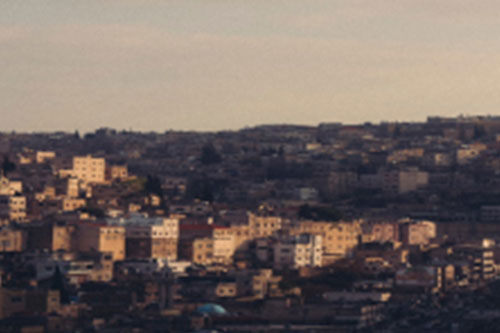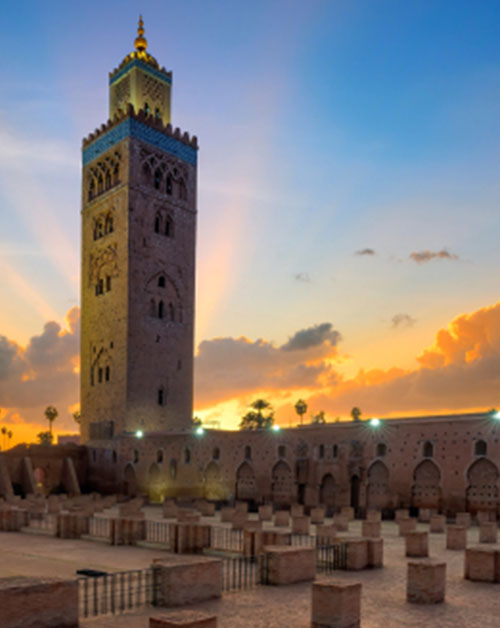Second Webinar of the “Cities in Action” Series
The Arab Urban Development Institute organized its second webinar of the monthly “Cities in Action” series, on the evening of Tuesday, 20 Dhu al-Qi’dah 1445 AH, corresponding to 28 May 2024, with the presence of several specialists and enthusiasts in the field of urban development and urban heritage preservation.
Dr. Abdullah Dhifallah, a professor of urban planning, introduced the webinar with an overview of the “Cities in Action” series, emphasizing its importance in enriching dialogues among specialists and enthusiasts in urban development affairs from all Arab countries. He pointed out that the desired benefit of these webinars lies in identifying pioneering urban development projects and exchanging ideas about processes of implementation and factors of success.
The webinar commenced with a background discussion of the reasons that prompted the city of Salt to seek the listing of its old city on the UNESCO World Heritage Sites, presented by Dr. Rami Daher, an advisor on architectural heritage conservation, and rehabilitation. He indicated that Salt possesses a rich architectural and historical heritage reflecting the coexistence between various cultures and religions throughout the history. He explained that the inscription of the city as a World Heritage site aims to protect and enhance this heritage, as well as to highlight the importance of the city of Salt as a distinctive cultural and historical site.
Dr. Rami elaborated on the nomination file detailing the heritage of Salt, starting from studying the formation of heritage during the city’s golden age under Ottoman rule in the early 20th century and its evolution during that period. He highlighted the city’s distinction in terms of its civilizational and social history due to the influence of various migrations to it from traders and others from the Levant and Türkiye, which helped in its economic, social, and cultural development. He also discussed the architecture’s uniqueness in producing a blend of different regional architectural styles from neighboring countries. Additionally, he examined the unique urban fabric and formation connecting the city’s neighborhoods, from its upper to middle parts, markets, streets, and lower parts, as well as the role of hospitality, which distinguished it due to the cultural diversity, leading to the presence of a social welfare system or what is known as social solidarity among the neighborhoods’ residents.
Dr. Rami also reviewed the city management plan, which includes ten key policies, starting from recognizing the historical city, supporting research into traditional history, protecting and preserving buildings, continuous maintenance, tourism management, investment and marketing, increasing awareness and education, as well as capacity building. It also included a comprehensive strategy for the municipality and the region, encompassing environmental preservation and tourism development in Salt.
Dr. Rami emphasized the importance of developing local management capacities to ensure the effective implementation of heritage preservation plans, pointing out the importance of continued efforts by the state and municipality in preserving this heritage, which will enhance the city’s status, attract tourists, and encourage residents to return to inhabit these heritage buildings after rehabilitation.
At the end of the webinar, Dr. Abdullah Dhifallah thanked the attendees for their valuable interaction and participation, commending the prominent role of Dr. Rami Daher in the field of architectural heritage conservation and rehabilitation. He stressed the importance of continuing these discussions to enhance cooperation and knowledge exchange among urban development specialists.














